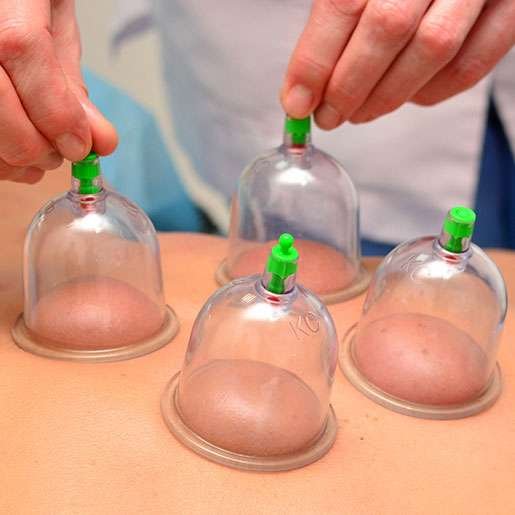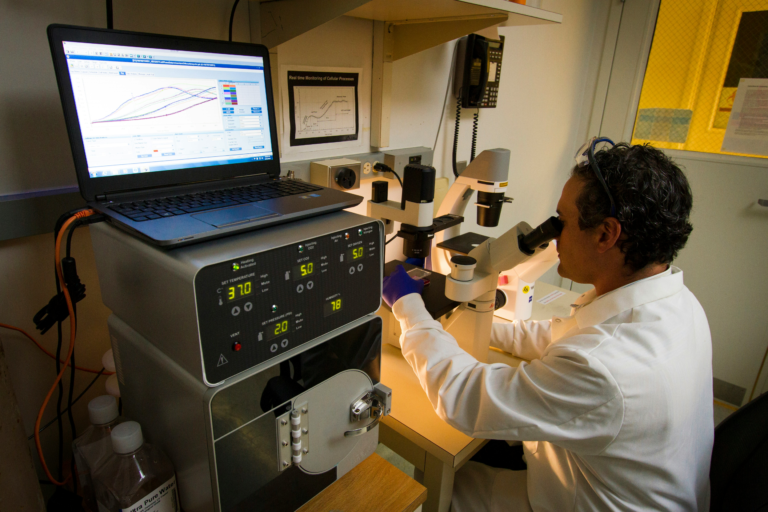Can Cupping Therapy Help with Eczema and Psoriasis?
Eczema and psoriasis, two chronic inflammatory skin conditions, affect millions worldwide, causing discomfort, itching, and emotional distress. While conventional treatments like topical steroids and systemic medications aim to manage symptoms, some individuals seek complementary approaches like cupping therapy for relief. We will explore the potential role of cupping therapy in managing eczema and psoriasis, emphasizing the need to understand its efficacy and mechanism of action in alleviating these complex skin conditions.
How Cupping Might Affect Eczema and Psoriasis
Eczema and psoriasis are chronic skin conditions characterized by inflammation and sometimes intense itching. Both conditions involve immune system dysregulation and can cause symptoms such as red patches, scaling, and dryness. Because cupping therapy is believed to improve circulation and reduce inflammation, some proponents suggest it may offer relief for these skin conditions.
Here are some ways cupping in Lidenhurst might theoretically benefit individuals with eczema and psoriasis:
- Improving Blood Flow and Skin Oxygenation
Increased blood flow from cupping can deliver more oxygen and nutrients to the skin, potentially supporting the skin’s natural healing processes. Better circulation might help reduce inflammation, a key factor in both eczema and psoriasis. - Detoxifying the Skin
Some practitioners of traditional medicine believe that wet cupping, in particular, can help remove “toxins” from the blood, thus improving skin health. Although the scientific evidence for “detoxification” through cupping is limited, the practice may help some individuals feel a sense of relief from their symptoms, which can be psychologically beneficial. - Reducing Stress and Improving Mental Well-Being
Stress is known to exacerbate both eczema and psoriasis. Cupping therapy, like other forms of massage and alternative therapy, may help reduce stress, indirectly benefiting skin conditions triggered by stress.
What Science Says
While cupping has shown promise in treating muscle pain and certain inflammatory conditions, its effectiveness for skin diseases specifically is not well-studied. Scientific research on cupping for eczema and psoriasis is limited, and results are generally anecdotal. Here’s a summary of what science has uncovered so far:
- Inflammation Reduction: Some studies suggest that cupping might help reduce inflammation by increasing blood circulation and stimulating an immune response. While promising, more research is needed to determine whether this inflammation reduction effectively treats eczema or psoriasis.
- Placebo Effect: Part of the perceived benefit from cupping could come from the placebo effect. For some people, the act of receiving a treatment they believe in can create a genuine sense of relief.
- No Proven “Detox”: Many claims around cupping are based on the idea of “detoxifying” the body. However, there is limited scientific support for the detoxification effects of cupping, as the body naturally removes toxins through organs like the liver and kidneys.
While the practice has potential, more clinical trials are needed to confirm its benefits specifically for skin conditions like eczema and psoriasis.
Risks and Considerations
For individuals with sensitive skin conditions, cupping comes with certain risks:
- Skin Irritation and Bruising
The suction used in cupping can cause bruising, which may worsen the appearance of inflamed or already irritated skin. People with eczema and psoriasis may be particularly prone to skin sensitivity, so cupping might aggravate their condition. - Potential for Infection
Wet cupping involves small incisions in the skin, increasing the risk of infection if not done in a sterile environment. This can be particularly risky for individuals with broken skin from eczema or psoriasis patches. - Not a Replacement for Medical Treatments
Cupping should not be considered a substitute for prescribed treatments, such as topical corticosteroids or biologic medications, commonly used to manage eczema and psoriasis. It may be used as a complementary approach, but always consult with a healthcare provider before incorporating alternative therapies.
Conclusion
While cupping therapy is widely used for various health conditions, its benefits for eczema and psoriasis remain largely anecdotal and require more scientific study. The circulation-boosting and inflammation-reducing effects of cupping may offer some relief, but the risks—particularly for sensitive skin—should be carefully considered.
If you’re interested in trying cupping, start by consulting with a dermatologist and ensure you’re working with a licensed practitioner. Ultimately, while cupping may be a helpful complementary therapy for some, it should not replace conventional treatments for eczema and psoriasis. Instead, consider it as part of a holistic approach to skin health, combined with medical guidance and lifestyle changes to manage these chronic conditions effectively.
FAQs
1. Can cupping cure eczema or psoriasis?
No, cupping is not a cure for eczema or psoriasis. While it may offer temporary relief, it should be seen as a complementary approach rather than a primary treatment.
2. Is cupping safe for people with sensitive skin?
Cupping may not be suitable for those with highly sensitive or inflamed skin, as it can cause bruising and irritation. Dry cupping is generally less invasive, but consulting a healthcare provider is recommended.
3. Does cupping help reduce the inflammation in skin diseases?
Cupping may help reduce inflammation by improving blood circulation, though this effect is not guaranteed and varies from person to person. More research is needed to confirm its effectiveness specifically for skin conditions.
4. What’s the difference between dry and wet cupping?
Dry cupping uses suction without breaking the skin, while wet cupping involves small incisions to release blood. For people with skin conditions, dry cupping is usually safer due to a lower risk of infection.
5. Are there any alternatives to cupping for managing eczema or psoriasis?
Yes, alternatives include phototherapy, acupuncture, anti-inflammatory diets, and maintaining a regular skincare routine with hypoallergenic products. Consult with a dermatologist for options tailored to your condition.




